Members Only | 03.25.25
Past NAMSS Presidents on the Past, Present, and Future of Credentialing
By Teddy Durgin
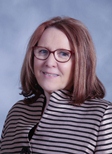
Chris Hinton
The National Association Medical Staff Services (NAMSS) was established in 1971 and now has a wealth of leadership experience to call on to gauge how far credentialing has come over the years — where it is today and where it’s headed in the years to come. We called on some of the association’s past presidents of the last decade to explore this trajectory and garnered some diverse and insightful responses.
How Has Credentialing Changed Since You Were President?
To determine where we’re at today, the above question was posed to several of our interviewees. NAMSS 2022 President Chris Hinton, CPCS, CPMSM, an MSP independent contractor, was among the first to answer. Her dream of establishing a provider enrollment certification has come true. It was something she was involved in when she chaired the NAMSS Education Committee.
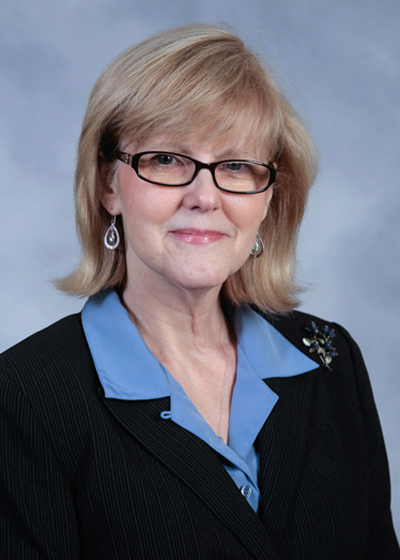
Linda Waldorf
Through the dedicated work of those committee members and the support of the NAMSS Board, “This has finally become a realization,” she says. “NAMSS is staying abreast of our expanding responsibilities as a [medical services professional, or MSP] and ensuring we meet the needs of our members.”
NAMSS 2015 President Linda Waldorf, BS, CPMSM, CPCS, system director, UNC HCS Centralized Credentialing Office, observes that since her time at the association’s helm, there has been the rapid expansion of telemedicine, along with a remote workforce of MSPs and “the removal of silos between the credentialing field and compliance, enrollment/managed care/delegated credentialing, performance improvement/peer review, HR/recruitment and onboarding, information systems, and legal.”
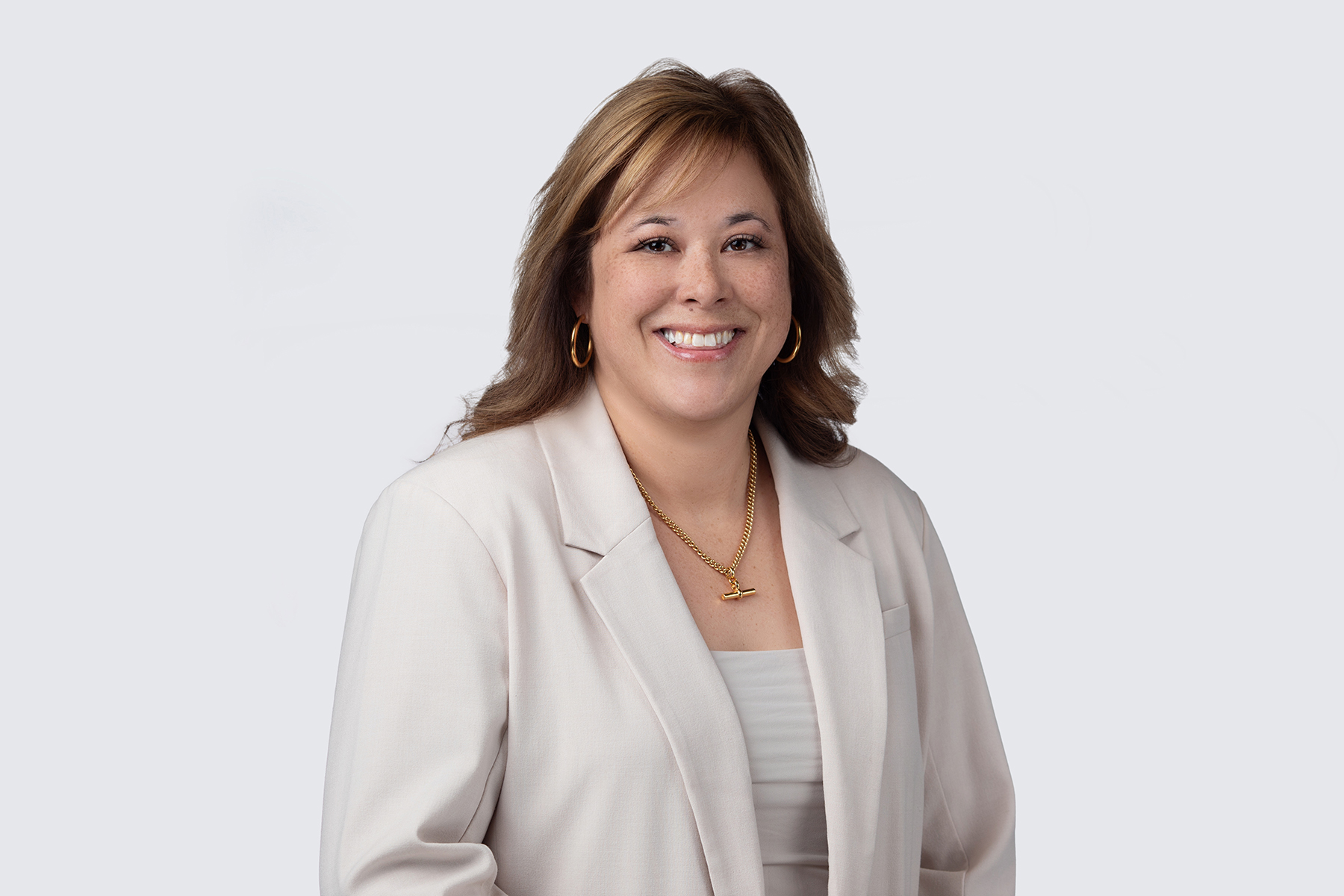
Aimee Woolley-Randall
She further states, “It is exciting to see these positive changes that truly improve our ability to provide great patient care, reduce risk, and increase financial stability for our organizations.”
NAMSS 2021 President Aimee Woolley-Randall’s, BA, CPCS, CPMSM, MHA, FMSP, term was entirely during the COVID-19 pandemic, and much change in credentialing has since been driven by the events of five years ago. She explains, “The pandemic highlighted the need for more efficient credentialing processes, pushing the industry toward more technology-driven solutions and greater flexibility to meet the needs of patients. We were pushed in so many areas to find quicker solutions to meet needs, whether it was understanding state licensing waivers and flexibility during that time, quickly implementing telehealth requirements for virtual visits, or streamlining disaster credentialing to quickly bring on additional providers. MSPs rose to the challenge!”
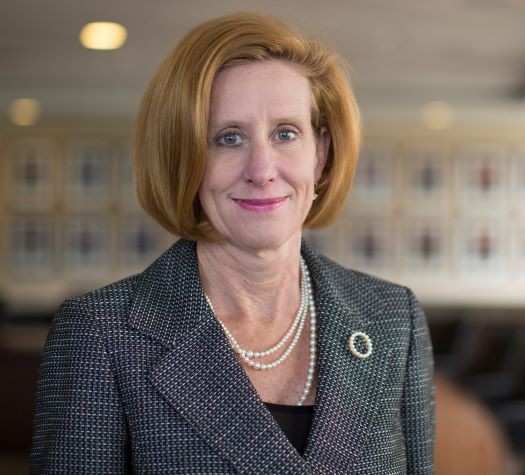
Susan DuBois
NAMSS 2017 President Susan DuBois, CPMSM, CPCS, held the top job three years before the pandemic changed the world, and she also marvels at the changes that have ensued. Some of these changes have created permanent enhancements and some challenges for the profession. “For example, MSPs working from home, anywhere in the world, is something I never thought possible! Still today many MSPs work very successfully remotely. In fact, many MSPs will only consider working in a remote role.”
In addition, credentialing software has become more sophisticated and automated, enabling MSPs to focus on the most important aspects of their jobs such as having the time to pay attention to ongoing professional practice evaluation (OPPE). “There has been a proliferation of telehealth services made available to hospitals and individual patients,” DuBois adds. “I myself have sought care from the comfort of my living room and was very pleased with the experience.”
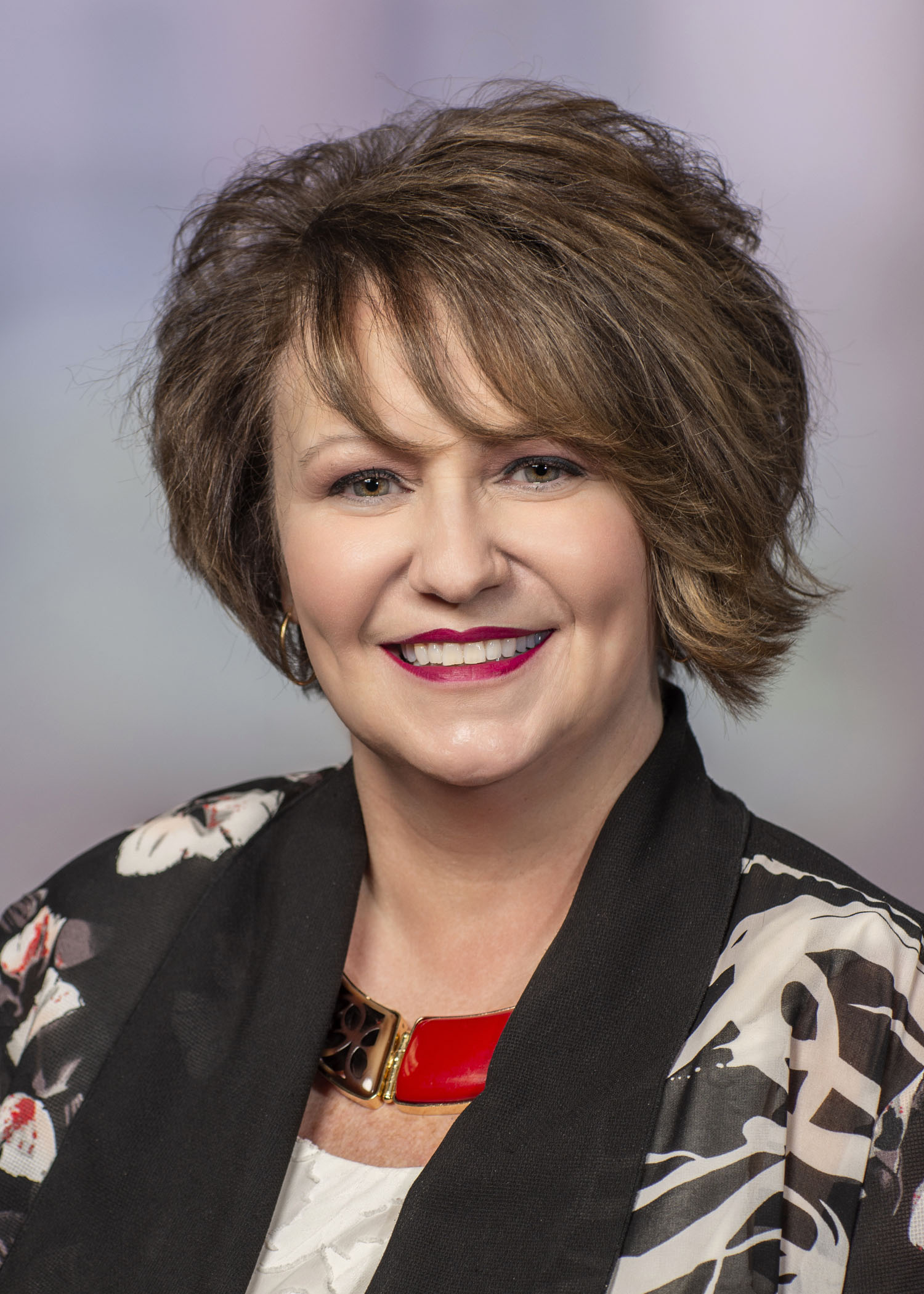
Roxanne Chamberlain
NAMSS 2020 President Roxanne Chamberlain, MBA, FACHE, FMSP, CPMSM, CPCS, CPHQ, senior director, medical staff services at Baystate Health Inc., shares a different perspective. She sees the pandemic as having a more disruptive effect on the healthcare industry, in general, and credentialing specifically. Also, due to COVID wreaking havoc on hospital finances, she says, “We are now experiencing massive layoffs throughout the industry and that includes MSPs. Many hospitals across the U.S. are currently in survival mode.”
She continues, “I have also never seen so many MSP director-level positions being affected like they have been during the last 12 months. I expect this will continue for a while, which is concerning to me as we need competent director-level/management MSPs to work in these roles to ensure we maintain regulatory compliance, protect patients, and ensure providers are competent and who they say they are.”
Where Is Credentialing Headed in the Future?
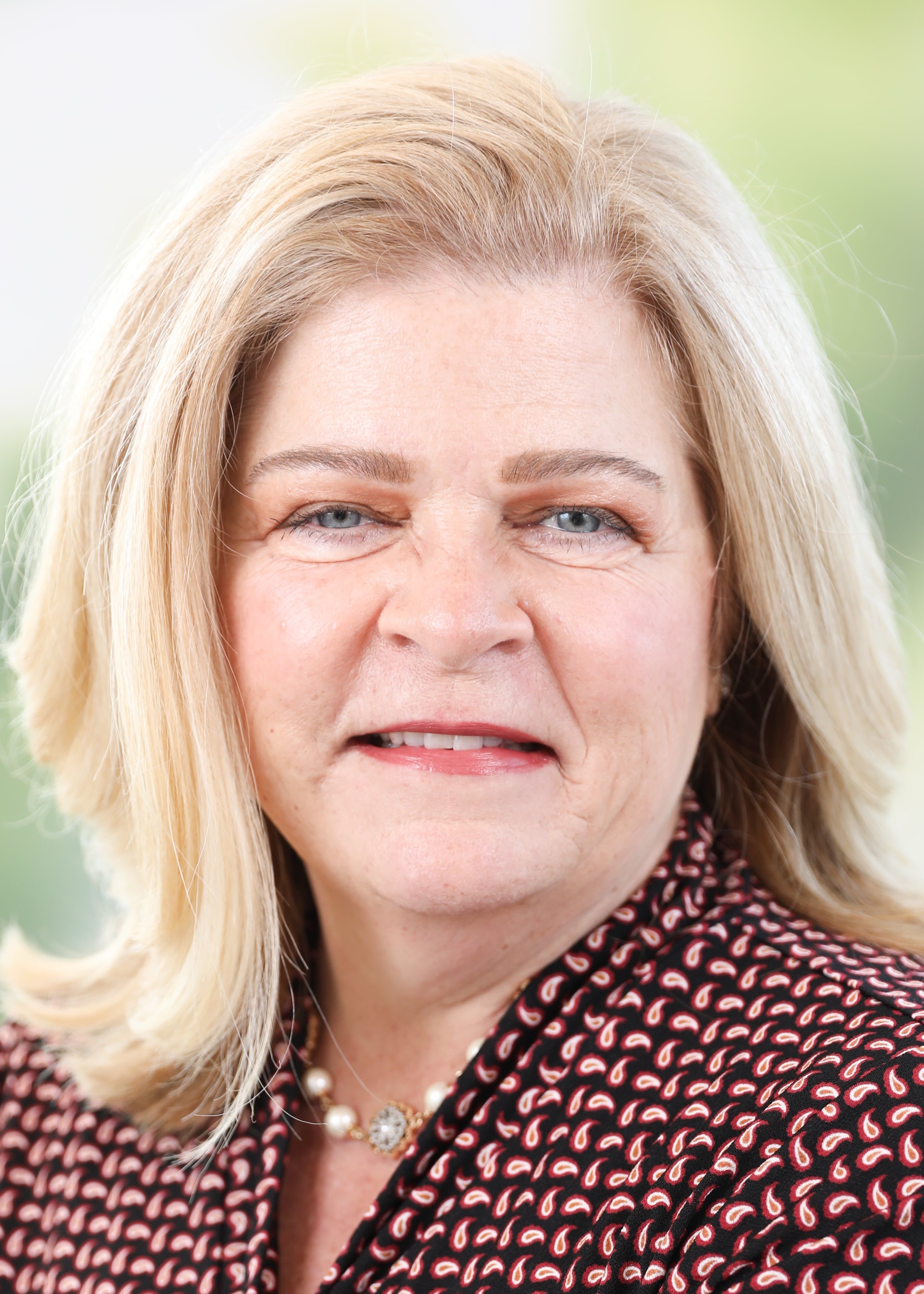
Michelle Stultz
For the most part, the various past presidents enjoyed reminiscing about the past and giving their observations on today. But what many of them were most excited to chat about was the future of credentialing.
Like many MSPs who work in hospitals, Chamberlain says she would like to see standardization around OPPE metrics used in the credentialing process. Hinton, meanwhile, says her wish “would be for all hospitals/facilities to participate in the NAMSS PASS™ program. This could be such a remarkable tool if all would participate.”
NAMSS 2023 President Michelle Stultz, RN, CPMSM, CPCS, FMSP, vice president, delegated credentialing & provider enrollment at Bon Secours Mercy Health Inc., says if she could have one wish: “It would be for our profession to be recognized by the U.S. Department of Labor as a standalone occupation. Because MSPs are currently categorized under human resource professionals, our ability to collect data and highlight the unique contributions of our profession is incredibly limited. A specific Standard Occupation Classification (SOC) code for MSPs will elevate our profession in ways we have only imagined.”
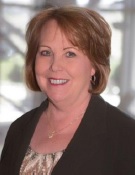
Bonnie Gutierrez
The medical service profession being recognized with its own SOC is also at the top of DuBois’ wish list. NAMSS has petitioned the U.S. Bureau of Labor Statistics to recognize MSPs with such a classification during their next session.
Woolley-Randall, regional director | medical staff services for AdventHealth, would like to see a universal, streamlined system in the years to come — one that allows providers to easily transfer their credentials across states and countries. She reasons, “This would not only simplify the process, but also ensure that qualified individuals can respond quickly to areas in need especially during emergencies like pandemics. Such a system would leverage advanced technology to verify and update credentials in real time, reducing administrative burdens and enhancing the overall efficiency of the healthcare system.”
For her part, Waldorf looks forward to the day when every hospital, ambulatory center, and even large practice groups put their affiliation information in NAMSS PASS. She would also like to see NAMSS provide a sample bylaws template to help foster health systems with system standardization of bylaws. She adds, “NAMSS and all of us need to continue to explore how [artificial intelligence] can help with some credentialing and privileging and other related tasks.”
Waldorf’s immediate successor, NAMSS 2016 President Bonnie Enloe Gutierrez, BHA, CPMSM, CPCS, is perhaps among the biggest dreamers of our past NAMSS presidents. She concludes, “I remember being with several colleagues at a NAMSS meeting in the late 1990s, and we were talking about the advancements in credentialing to date and that surely by the time we all retired, providers would have a wallet card that contained all of their credentialing information from their entire career. When they applied at an entity, the card would be plugged into a national database, their data would be updated and downloaded into the entity’s system and the approval process would begin in a matter of a few days. I still believe this is the future of credentialing!”